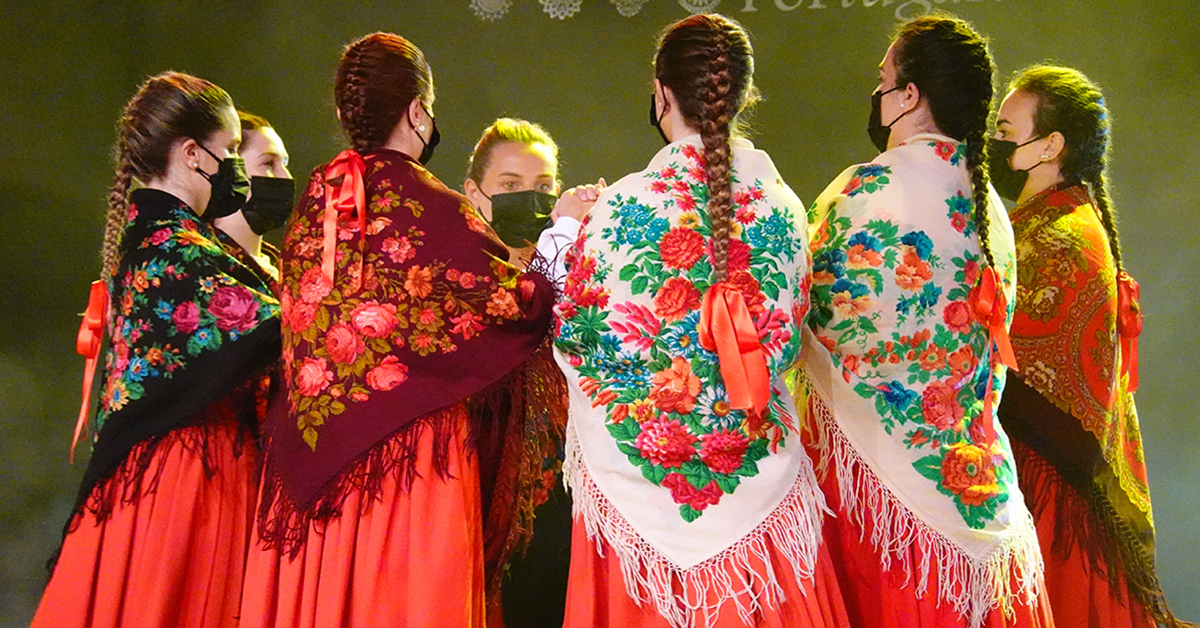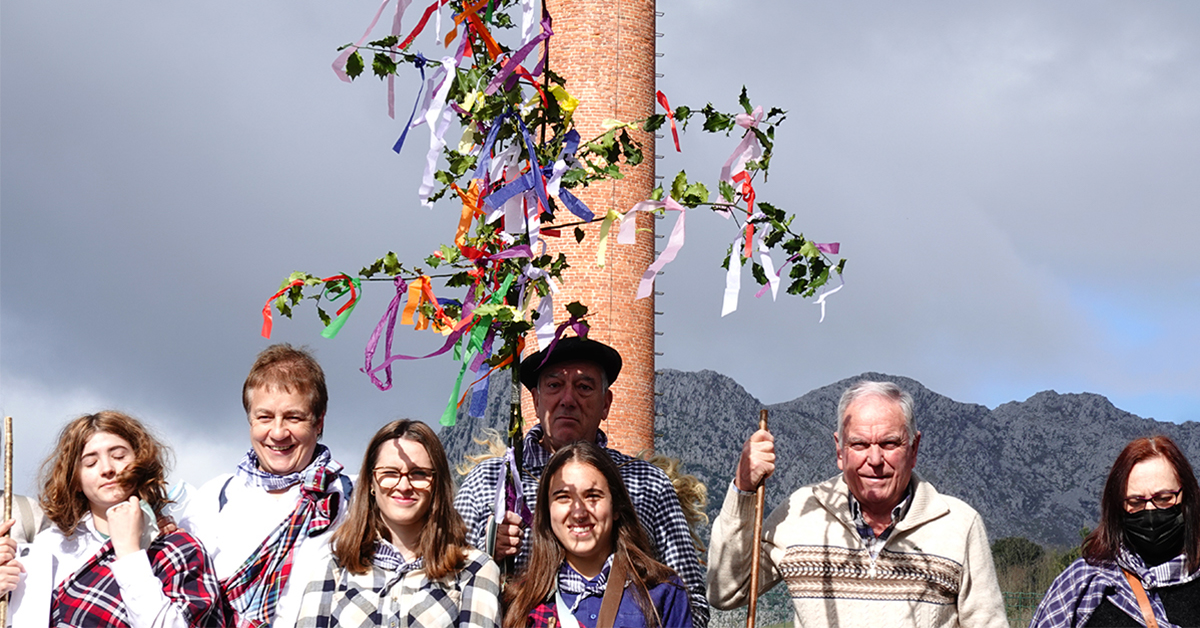Archives
Even though that we are still not free of the virus (and its many variants) commonly known as COVID-19, the pandemic now just seems a harrowing time in the past. However, even though it lasted a relatively short period of time, it was a total upheaval of our lives… in a society where a large part of people’s lives is outdoors; and great importance is given to people being in close contact.
The start of the pandemic resulted in harsh restrictions being introduced here in March 2020. Right from the start, that meant that weekend and bank holiday leisure activities and celebratory events, including any type of show, celebration and religious ceremony in that regard, were completely or, in certain cases, partially cancelled.
Leisure and festivities sharply contrast with work. Any festive calendar is studded with celebrations in the public and private spheres, and a mix of elements from the past and more recent ones.
The autumn – season and cycle – gets underway with St. Michael’s Day, a real stalwart of the saints calendar and which is celebrated in Artzentales and Sestao, to name a few. Halloween leads the way into November. Even though it is an imported festivity, we must not forget scaring neighbours with carved pumpkins already existed in days of yore. On All Saints’ and All Souls’ Days, relatives and friends visit the cemeteries and that has led to the borrowed “tradition” of bringing and laying flours and wreaths on the graves.
(more…)
Anthropologists, ethnologists, ethnographers, folklorists, linguists and historians are just some of the people who have worked on preparing systems to classify and catalogue the plethora of festivities and events on the annual calendar, both in the past and in the present.
While not overlooking the rituality, authenticity, traditionality – along with many other terms ending in ‘-ity’ –, the main contribution should, undeniably, be focused on the recreational diversity, seasonality and timelessness, the historical context, the spatial spheres, the social and cultural aspects, the context, etc.
The most direct relationship – and undoubtedly of vital importance – between nature, (in its plant inanimate aspect) and the human being, in these latitudes and leaving aside the information that the virtual and audiovisual media overwhelms us with every day, is practically part of the past, but we are aware that it still remains and how it has managed to adapt.
Let us start with flowers, such as those of St. John that were arranged – along with onions, corn, wheat, cherries and herbs – into a bunch or sortie to be blessed in the church and, later, placed in the door or window of the house on the saint’s day. We now very rarely see those bunches and in a few more the flower of the thistle or eguzki lore. The fate of the custom of lighting wheat sheaves and going through private fields chanting a spell for a good crop has been worse, as it has fallen out of use.









